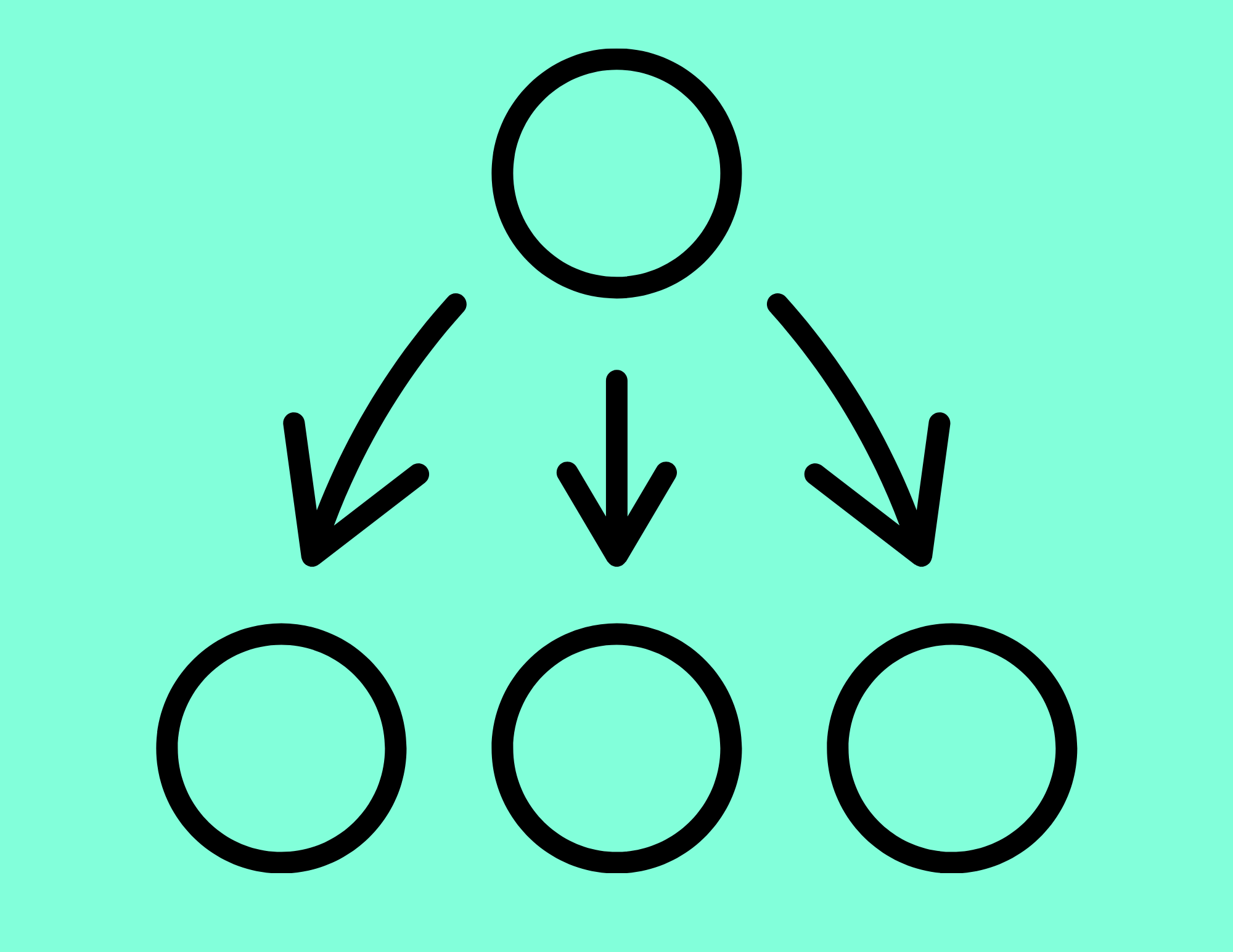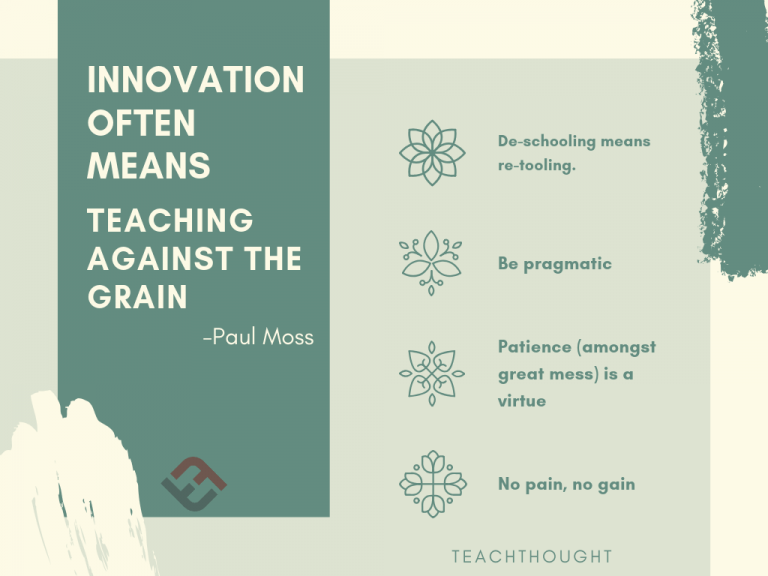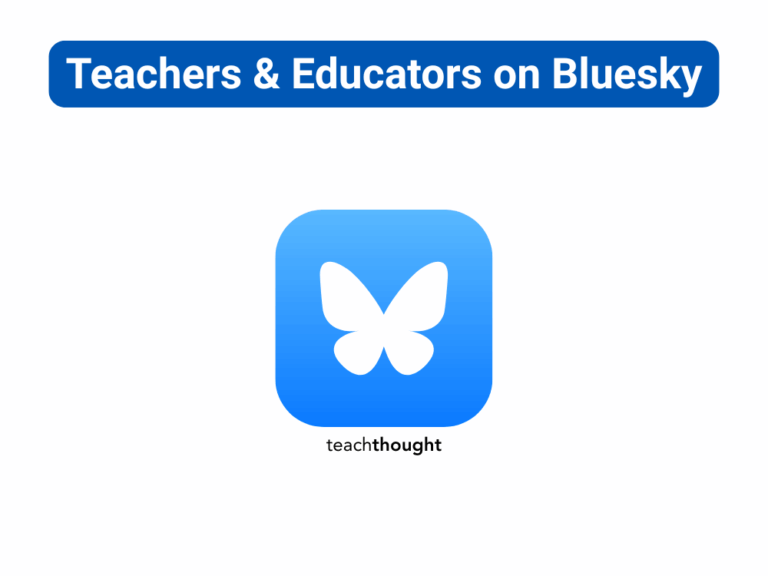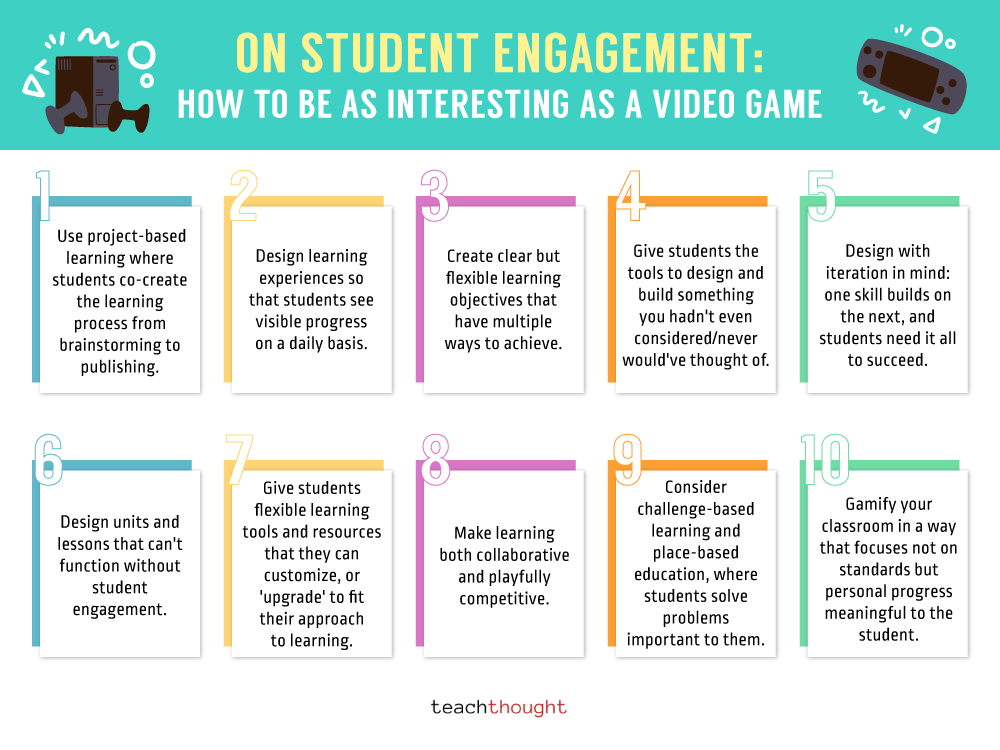How to Properly Organize the Teaching and Learning Process
Planning a lesson can feel like fitting many parts into one clear shape.
Teachers set aims, gather tools, and guide learners through each steady step. A clear plan keeps the teaching learning process smooth, calm, and purposeful. Careful mapping saves time, eases stress, and supports focus during tasks.
Many new teachers look for simple samples, fresh prompts, or solid outlines. A brief visit to Essaymarket can spark ideas and provide ready-made frames. These can be shaped to match topics, ages, and teaching settings with ease. The same core rules apply in schools, online tutoring, and team training.
This guide explains those rules in a simple, ordered, and practical way. It shows how goals, activities, and feedback align into one steady path. By the end, readers can shape a lively, effective, student-centered space for growth.
See also Inquiry-Based Learning Strategies
Understanding the Teaching Learning Process
Builders study a plan before they raise a frame or roof on site. In the same way, teachers need a firm sense of the learning cycle. The path starts with clear goals and ends with results that can be checked.
Many parts sit between those points, and each part affects the rest. Content, method, space, and learner needs interact in every lesson and unit. A small change in one area can ripple across the whole system quickly. Treat instruction as a loop that repeats across time and topics.
Plan, teach, observe, and adjust in a steady cycle across each week. This view helps spot small issues early and fix them with care. It also reveals wins that are worth repeating with clear intent. Seeing the process as living keeps lessons flexible and never stale.
Most importantly, it places students at the center of every teaching choice. Ask how each move will help real learners grow in clear, concrete ways.
Setting Clear and Measurable Goals
Strong goals act like clear signs that point toward a shared end. Without targets, teachers and students may drift and lose direction fast. Turn broad hopes into narrow aims that can be checked with ease. A line like “Students will understand fractions” sounds kind yet stays vague. A tighter aim reads “Students solve three fraction word problem types at eighty percent.”
That shift defines success and guides practice in later lesson steps. Keep aims SMART: Specific, Measurable, Achievable, Relevant, and Time-bound always. Use plain words so students can follow the aims and track progress. Post goals on the board or class site where all can see them. Return to targets at the start and end of each planned session.
This habit keeps attention steady and builds motivation through small wins. Clear aims shape material choices, tasks, and checks across the unit. When aims stay visible, effort aligns and learning moves in one direction.
Designing Engaging Learning Materials
After aims are set, choose materials that stir interest and match the plan. Worksheets still help, yet they should not work alone for long stretches. Blend short video clips, simple models, brief stories, and real data sets. These forms reach many minds and help tricky ideas stick for longer. A weather unit could pair an article, a two-minute forecast, and a jar barometer.
Varied tasks engage senses and build strong links in memory and recall. Break content into small parts that fit well within working memory. Long talks or dense text can dull attention and invite minds to drift. Use charts, icons, and color cues to guide recall without extra words. Each resource should match a posted aim and lead to the next step.
If a tool feels fun but fails to move learning ahead, skip it. Keep the chain tight so every piece supports the full process. When resources align, students see purpose and stay with the work.
Managing Time and Pacing
Good ideas still falter when time runs short or the pace drags on. Smart pacing turns long blocks into short bursts of clear, focused effort. Split lessons into opener, new input, guided work, solo work, and reflection. Set a timer that all can see to share a steady rhythm for moves. Timers cue smooth shifts before energy dips across the room. Short brain breaks, like two-minute stretch sets, bring minds back fast.
Plan buffer space for hard parts and surprise delays that may arise. New content often needs extra minutes during the first run in class. Track actual durations and compare them with plans for better estimates. Treat time like a budget that needs care, tracking, and honest review. Good pacing keeps the teaching and learning process calm and productive.
Students learn to manage effort across segments and stay more engaged. Teachers gain data that supports steady improvements in future plans.
Encouraging Active Participation
Classrooms thrive when students act, think, and build ideas with their hands. Active tasks turn quiet listeners into curious minds that test new links. Try think-pair-share, short group challenges, and quick live polls to spark talk. Use open prompts that allow several fair and thoughtful responses from peers.
For younger groups, light contests can lift drive while keeping growth first. Movement matters for focus and can refresh attention in simple ways. Let learners sort cards, act out words, or rotate through clear stations. Provide rules and roles so teamwork stays fair and the group stays on track.
Offer choice when fit, like drawing a comic or writing a short scene. Choice honors strengths and lets students show learning in different modes. A lively process builds deeper memory and connects ideas to real life. When students take part, they build confidence and share insights with pride.
Using Assessment and Feedback Wisely
Assessment works best when it is woven through the full unit. Exit slips, short quizzes, and self-checks reveal gaps before they spread. These checks show growth as a steady path, not a single final event. Share feedback soon after work while the task details remain clear in mind. Make notes directly, naming strengths and one or two next steps for change.
Too many marks can overwhelm and hide the key message for growth. Peer review with brief rubrics builds listening, reflection, and careful revision. Align every check with the posted aims to close the loop with purpose. This cycle of assess, reflect, and adjust turns errors into steps forward.
Done with care, it makes the process of education firm and humane. Students learn that improvement is possible and that effort shapes results. Teachers gain quick data that guides reteaching and deeper practice with the skill.
Leveraging Technology and Community Resources
One classroom can extend its reach with simple and useful digital tools. Apps, short virtual tours, and shared documents open fresh paths for learning. Each tool must serve the plan rather than replace sound craft and care.
Ask if a tool makes learning clearer, quicker, or deeper for students. If not, the tool may distract and take time from the main path. Shared boards support live ideas, while basic schedulers guide group projects. Beyond screens, local experts add voices that connect topics to daily life. Librarians, gardeners, and park staff bring strong examples into class talks.
A brief video visit from a guest can light up a quiet theme. These ties often cost little and link lessons to nearby places and people. Blend digital support with human help to widen options without overload. Smart choices keep the aims in view and hold student interest through the unit.
When supports fit, planning stays light and results improve steadily.
Reflecting and Improving Continuously
Reflection turns daily work into insight that shapes the next round. After each unit, pause to read notes, student samples, and brief surveys. Identify activities that met aims and those that did not land well. Sort plans into keep, tweak, and replace to form a clear action list.
Invite student thoughts because they often notice small and useful details. Modest changes, repeated often, build large gains across a school year. Keep a light journal or digital log to spot patterns across weeks.
Share findings with peers to build a shared pool of strong approaches. Leaders can help by protecting time for debriefs within the schedule. Teaching remains a journey that shifts with learners, topics, and needs. Plan, act, review, and refine to keep each round sharp and student-centered.
This habit drives steady improvement without adding needless layers of work. Small steps, applied often, shape better lessons and stronger student gains.
Final Checklist for Busy Teachers
Busy days can pull strong plans off course despite careful intent and effort. A short checklist protects the process when minutes feel tight and scarce. Before class, confirm that the aims are SMART and posted in a visible place. Gather materials, test tools, and add time estimates beside each planned step.
During class, check the clock often, scan energy, and log quick observations. Note which tasks run long and where students need added support or time. After class, sort work into complete and those that need review for follow-up.
Record key results in the grade book to track progress across the term. Send one brief note of praise or guidance to at least one learner. Close the day with two wins and one idea to adjust the next morning. This routine takes under ten minutes and returns steady long-term gains.
Over weeks, such habits build a strong system that supports success. Keep the checklist near your desk or tablet as a steady reminder. A simple list can guard the teaching learning process from slow drift. Across months, it will save time and lift outcomes for the full class.






